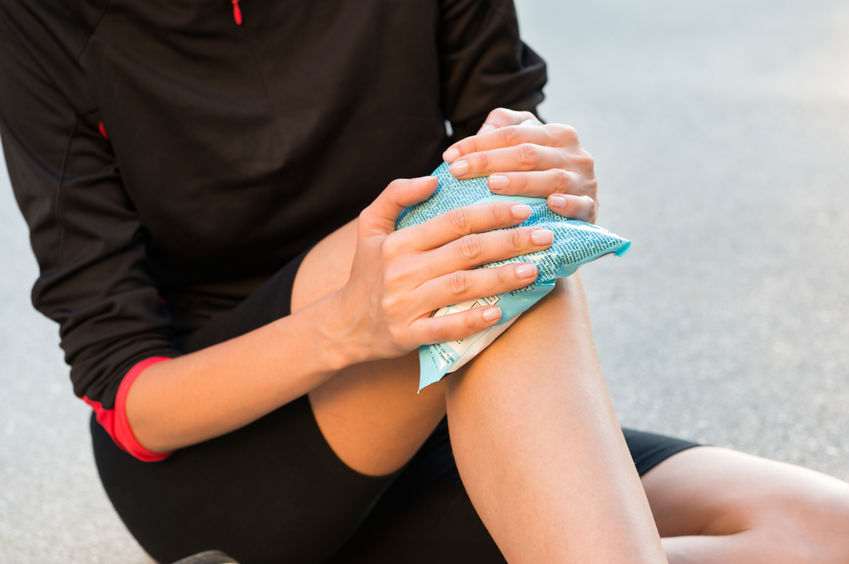
As an athlete, you’re constantly striving for peak performance and looking for ways to prevent injuries. While rigorous training is essential, recovery and injury prevention are equally crucial aspects of athletic success. One tool that has gained immense popularity in the athletic world is foam rolling. In this article, we will explore how foam rolling can enhance your performance and help prevent injuries, allowing you to achieve your athletic goals.
The Science Behind Foam Rolling:
Before we delve into the benefits, it’s important to understand the science behind foam rolling. When you engage in intense physical activity, your muscles can develop tight knots or trigger points. These knots can restrict movement, decrease flexibility, and increase the risk of injury. Foam rolling works by applying pressure to these trigger points, promoting myofascial release, and improving blood flow to the muscles. This not only aids recovery but also boosts athletic performance.
Enhancing Performance:
- Increased Range of Motion: Foam rolling helps to break down adhesions in muscle tissue, resulting in increased flexibility and a greater range of motion. This means improved agility, better form, and the ability to execute movements with greater precision.
- Improved Muscle Activation: When you release tight muscles through foam rolling, it can enhance the activation of those muscles during workouts. This means you’ll get more out of your training sessions and potentially achieve better results.
- Faster Recovery Between Workouts: Athletes often have demanding training schedules. Foam rolling helps reduce muscle soreness, allowing you to recover faster and train at a higher intensity sooner.
Preventing Injuries:
- Reduced Risk of Overuse Injuries: By addressing muscle imbalances and tightness, foam rolling can help reduce the risk of overuse injuries that are common among athletes.
- Enhanced Muscle and Joint Health: Foam rolling is like a self-massage that promotes better blood circulation, reducing the risk of strains, tears, and other injuries.
- Improved Posture: Proper posture is crucial for athletes. Foam rolling can address muscular imbalances and poor posture, reducing the risk of chronic injuries.
Incorporating Foam Rolling into Your Routine:
To reap the benefits of foam rolling as an athlete, you should consider the following:
- Pre-Workout Routine: Use foam rolling as part of your warm-up routine to increase blood flow, improve flexibility, and enhance muscle activation before your workout.
- Post-Workout Recovery: After your training session, spend some time foam rolling to alleviate muscle soreness and speed up recovery.
- Consistency: Consistency is key. Incorporate foam rolling into your daily or weekly routine to experience the long-term benefits.
- Proper Technique: Ensure you are using the correct foam rolling techniques. Focus on specific muscle groups, maintain a slow and controlled pace, and use your body weight to adjust pressure.
Incorporating foam rolling into your athletic regimen can significantly enhance your performance and reduce the risk of injuries. It’s a simple, cost-effective method that can be done anywhere, making it a valuable addition to your training toolbox. Remember that while foam rolling is highly beneficial, it’s not a replacement for proper training, rest, and nutrition. When used in conjunction with these elements, foam rolling can help you unlock your full athletic potential and stay in the game longer, performing at your best.

